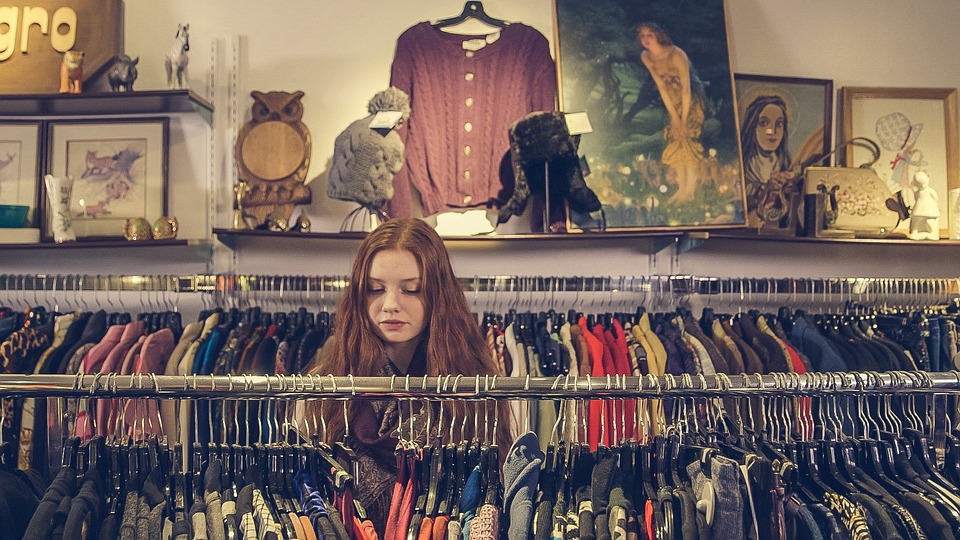It’s important to understand what makes consumers decide to buy. This isn’t quite the psychology of buying and selling, but rather the decision steps that customer stake before clicking PURCHASE. Understanding the process will allow you to make strategic decisions at each point. If they decide that this is a good product – if they would buy it – they then decide if they should buy it.
The Screening Process
A linear process is making decisions one step at a time, with a particular end point in mind. Buyers use linear processes – researching, checking reviews, looking at stats – to “screen” products and services.
In fact, there are very specific steps in the linear process that lead a consumer to decide to buy:
- Do I want to do business with a specific person?
- Do I want to do business with a specific company?
- Do I need this stuff?
- Is it worth the price?
- Should I be spending money right now?

Once answering all these questions satisfactorily, and if finally coming to the decision that YES, they like the company, they want it, they need it, they have the money for it – they still might decide not to buy. Why not?
Do You Trust Me?
Much of the reason people decide to buy is based on trust. According to a study done by Harvard Business Review, when trust is high, consumers are more likely to take a risk and engage.
It used to be that “consumer trust” was built through face-to-face interactions. Door-to-door salesmen became floor salesmen became customer service reps or well-trained employees ready to answer a question when you walked through the door. But with $2 billion dollars globally made in e-commerce, there’s a worry that those face-to-face interactions are decreasing. That makes it harder to create trust.

And yet, conversion rates of online shoppers are shockingly low:
-
- About 4% of consumers on desktops will buy
- About 3.7% coming from tablets will buy
- About 1.5% of consumers on smartphones will buy
Considering all the fear that online business would run brick-and-mortars to the ground, the truth is that online businesses are having a hard time getting consumers to finally click that PURCHASE button. In another shocking twist, offline conversation rates hover between 20 and 40%. In fact, about 70% of consumers are still shopping at brick-and-mortar.

Here’s where trust comes back in:
Consumers are using online shopping to get ideas, but are more likely to purchase at an offline business because there are more ways to engage and build trust.
When walking into a store, the consumer may feel indecision and be able to ask an employee for help. They can make decisions about the company culture by the friendly or professional vibe. Being able to physically engage with the product, or see a sample of the service, can push them along the linear process. And once something is in their literal cart, they are more likely to complete the purchase. (Have you ever gotten to the front of the checkout line, realized you had thrown a shirt you forgot about into your cart, and then said, what the heck, I’ll just get it?)
In contrast, online conversion rates are lower because it’s harder to build trust.
To build that online brand trust, some quick tips are:
- Have two-way conversations: if a customer posts to your page and Twitter account, respond as quickly as possible to their specific need
- Interact online on a regular basis
- Keep the brand consistent
- Have live online events
After the screening process, and after deciding if you’re trustworthy – that’s where emotion comes in. But it’s not just how they feel about it: it’s more how you make them feel.
The Way You Make Me Feel
They want a solution, but more than that, they want to feel good about their solution and decision. They want to feel satisfied that what they chose has the greatest benefit.
And they – and you – really want to avoid buyer’s remorse.
Buyer’s remorse can kill their desire to return to you. If they associate negative feelings with you, there’s a low chance they’ll want to associate with you in any other form. Buyer’s remorse can ignite in a few situations. Imagine:
- You go to Target for toothpaste and a new bath mat. You leave having spent hundreds of dollars on knick-knacks that felt essential when you looked at them but now have giant dollar signs and sad faces on them.
- After going through a screening process, you decide to purchase – but the product or service didn’t match its promise in some way. It was a waste of money, or it was cheaper somewhere else.
- You’re so excited for a product that you buy it as soon it becomes available – then it goes on sale 1 month later.
 A lot of buyer’s remorse is caused by cognitive dissonance. That’s the feeling of discomfort or unhappiness you get when your beliefs don’t match real-life results, behaviors, or new information. So when you believed the product or service would have one type of result, but there was an unsatisfactory result instead, then cognitive dissonance kicks in. It leads to stress, anxiety, and further unhappiness – in other words, remorse. Companies associated with these feelings are a lot less likely to have return customers.
A lot of buyer’s remorse is caused by cognitive dissonance. That’s the feeling of discomfort or unhappiness you get when your beliefs don’t match real-life results, behaviors, or new information. So when you believed the product or service would have one type of result, but there was an unsatisfactory result instead, then cognitive dissonance kicks in. It leads to stress, anxiety, and further unhappiness – in other words, remorse. Companies associated with these feelings are a lot less likely to have return customers.
Full stop: avoid letting your consumers feel these things at all costs. Who wants to go back to Target knowing that the last time you went, you broke your budget and bought things you didn’t need? (Who am I kidding?) Make your customer feel special; that if they purchased early they gained something exclusive; that each of those knick-knacks has high value; offer price-match guarantees or make it clear that your higher price is worth it.
Follow the Trend
A lot of consumer purchases are motivated by trend. People can make jokes about that all they want, but it won’t negate the truth of that: people buy what’s trendy. Some trends are “here today,
gone tomorrow” (what happened to goldfish in your shoes?) but some transform the market long enough that your company is forced to get on board to stay relevant.
Consumers decide to buy if something will make them “fit in” better, be part of an in-crowd, or match their community or personal brand. Make sure your goods are being tweaked periodically to match popular trends that seem like they’re here to stay for a while. If you do, you’ll resonate with your consumer base and help consumers decide to buy.
Business forecasting is an essential skill when building a brand. Not only will you resonate with what’s current, but following trends will help you forecast the future. Trends follow certain cultural and social patterns; they can be predicted based on current attitudes toward specific issues or movements.
In the End…
What makes a consumer decide to buy is sometimes gut instinct. But there are ways for you to help their instinct lean your way. Consumers have a rigorous screening process; but if you can show that you’re trustworthy, that you resonate with them, and that your product value will not lead to buyer’s remorse – then there’s a strong likelihood that they’ll buy from you.

